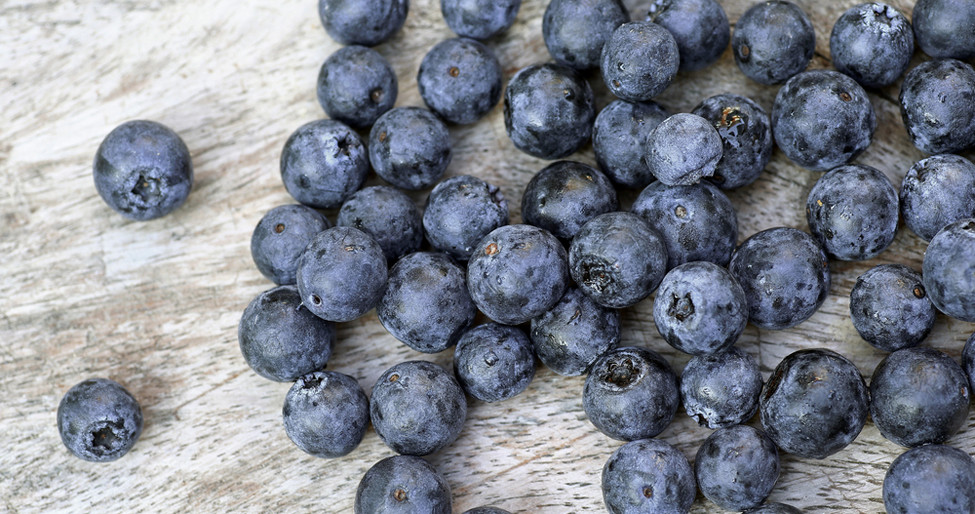Nutrition Buzz: Breaking Down the Buzzwords

These terms and phrases are served up in any healthy conversation about diet and nutrition. Here's a digest of what they mean.
Detox/Cleanse
Temporary periods of restrictive eating or drinking to cleanse the body. It can mean a water-only fast, or can include juice or small amounts of certain foods. No matter the approach, the goal is to flush out any toxins like pesticides, medications and metabolic byproducts and hit the “reset” button on your body.
Superfoods
This term is loosely applied to many different foods with above-average nutrient content, including kale, sweet potatoes and blueberries.

Vitamin IV Infusions
These intravenous mega-doses of vitamins and nutrients are growing popular with people, especially celebrities, looking for a quick boost of immunity and energy. According to MayoClinic.org, nutrients taken intravenously bypass the normal absorptive process, which means nutrients are received in a more concentrated form than when taken orally. Most of today’s infusions have high doses of vitamin C, vitamin B, magnesium and calcium. As always, it’s best to talk to your general practitioner before seeking out this boost.
Nutrition Mythbuster
Just because someone says it, doesn't make it true.
MYTH: Coffee is bad for you. Quit.

REALITY: A study by the American Society for Nutrition determined coffee was one of the biggest contributors to the total antioxidant intake a coffee-drinker has on a given day. In fact, more coffee studies conducted by the likes of Harvard, show coffee drinkers have a lower risk of depression, type 2 diabetes and Alzheimer’s.
MYTH: Kale is the ultimate superfood.
REALITY: In 2014, William Paterson University released a study ranking fruits and vegetables by nutrient density. Kale didn’t even make the top 10. Spinach, parsley and chives, and 13 other leafy greens ranked higher than kale on the list.
Getting Good Information
You don’t have to be a dietitian to be in the know about the latest science-based nutrition information. Credible sources include:
- The Academy of Nutrition and Dietetics
- The United Stated Department of Agriculture, which produces the Dietary Guidelines for Americans every five years







